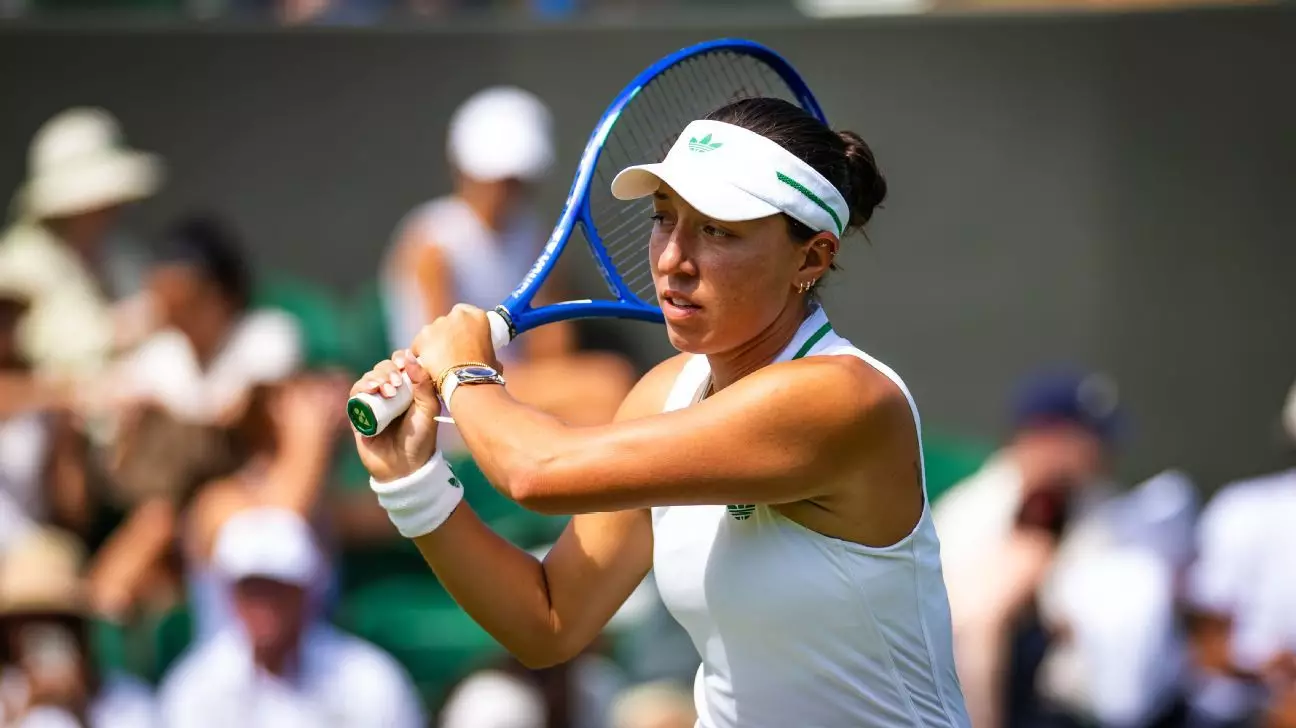The US Open’s decision to overhaul its mixed doubles format marks a daring step toward modernizing one of tennis’s most traditional events. By shifting to a compressed two-day tournament filled primarily with top singles players, the organizers aim to generate more excitement, television viewership, and overall spectator engagement. While some purists criticize this approach for sacrificing tradition, I believe this bold move could redefine how doubles is perceived and appreciated in the sport. It suggests that tennis is evolving—embracing innovation to attract a broader audience and infuse fresh energy into the tournament ecosystem.
Impact of Top Talent and Dynamic Pairings
One of the most intriguing aspects of this revamped structure is how it has fostered flexibility among elite players. Jessica Pegula and Jack Draper had to quickly find new partners after their original teammates withdrew. Such spontaneous pairings underscore a shift in the sport’s competitive dynamics—the emphasis now seems to be on strategic adaptability rather than strict adherence to traditional team arrangements. The fact that players with high singles rankings can secure direct entry through new partnerships illustrates an exciting democratization: the best talent, regardless of established doubles chemistry, can shine in this high-stakes setting.
Beyond individual stories, this overhaul signals a broader philosophical stance: tennis is now recognizing the importance of entertainment and unpredictability. When stars like Pegula, Draper, and Sinner are forced into new partnerships, it opens the door to compelling narratives and unexpected outcomes, which are vital for captivating modern audiences.
Criticism, Challenges, and the Future Outlook
Despite its ambitious intentions, the new format faces significant skepticism. Veterans like Sara Errani have expressed dissatisfaction, citing the reduced duration and the heavy reliance on singles players as undermining the event’s traditional charm. Critics argue that this risks diluting the depth and authenticity of doubles competition, potentially reducing it to an exhibitional spectacle rather than a competitive pillar.
However, I contend that such criticism stems from a reluctance to accept necessary evolution. If executed well, this format could serve as a catalyst for more innovative tennis events worldwide. It might inspire other tournaments to rethink their structures, balancing tradition with fresh, spectator-friendly innovations. Moreover, giving wild cards to legendary players such as Venus Williams and Novak Djokovic adds a layer of legacy and star power, ensuring the event remains attractive and meaningful.
In essence, while the transition may be tumultuous, it paves the way for a more dynamic, inclusive, and commercially viable future for tennis. Critics should recognize that embracing change is essential for the sport’s growth—resisting it only risks stagnation in a rapidly evolving entertainment landscape.

